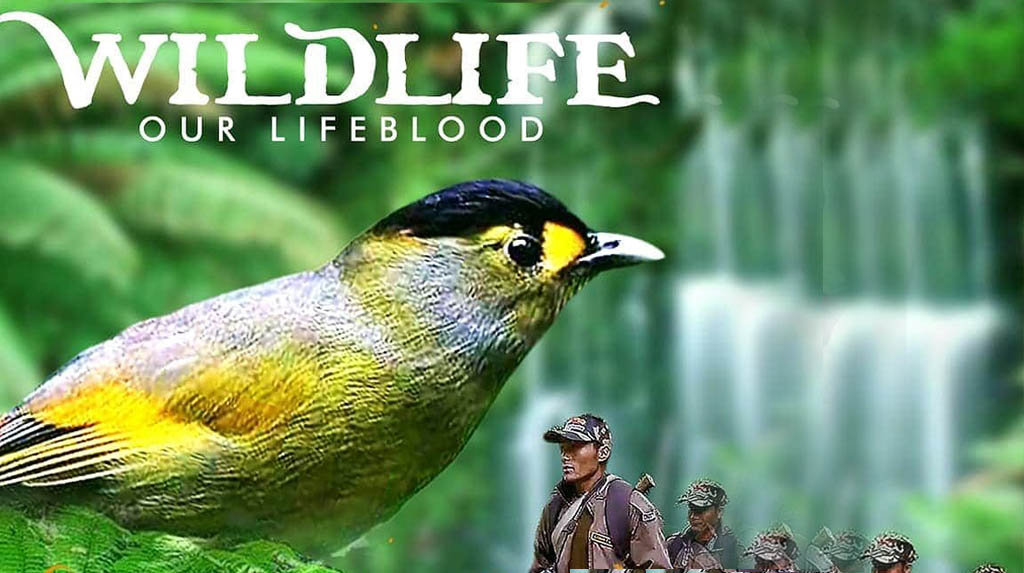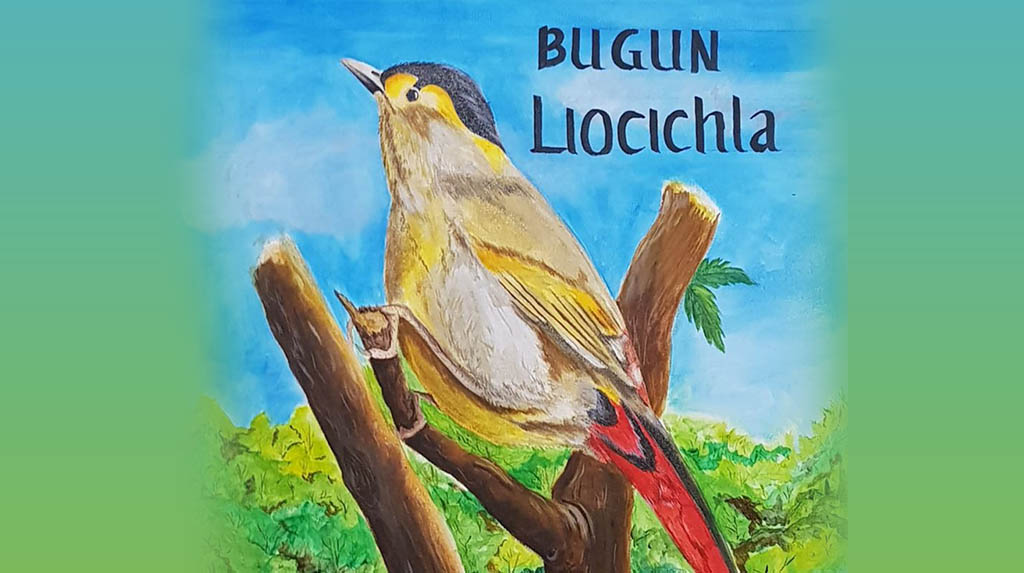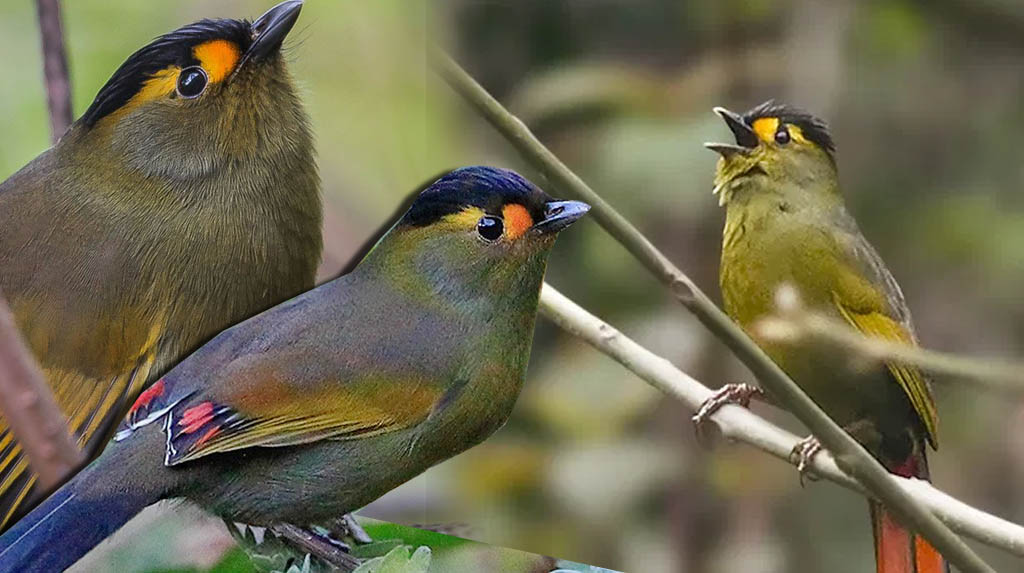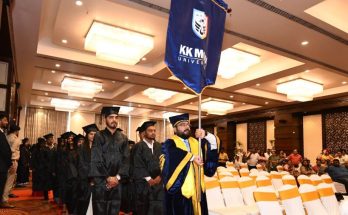Shyamhari Chakra
Bugun Liocichla, one of the rarest and critically endangered bird species of the world, seen in Arunachal Pradesh, has been earning India fame and fortune.
A documentary filmed on conservation of this bird – Wildife: Our Lifeblood – has earned two nominations for the forthcoming Paris international film festival on wildlife conservation during December.
The film has also been selected for screening at the 13th International Kuala Lumpur Eco Film Festival during October 8 to 11.
The 29-minute documentary on conservation of the rare bird by the Bugun tribal community of Arunachal Pradesh has been nominated in the best film and best director categories for the 15th International Wildlife Conservation Documentary Film Festival scheduled for December 1 to 7 in Paris.

The world has just 20 pairs of Bugun Liocichla today and all of them live in and around Eaglenest Wildlife Sanctuary in West Kameng district of Arunachal Pradesh, research has revealed.
The film, that documents the touching role of the small tribal community, after which the bird has been named, has been made by politician-turned-conservation activist and filmmaker Naresh Glow, who has been a three-time MLA from Thrizino-Buragaon Assembly segment.
“This is the only Indian documentary nominated in the Paris film festival and one of the three movies from the country to be screened in the Kuala Lumpur event,” Glow stated.

Ever since the bird was spotted in the region 14 years ago, it has earned enough laurels for itself and for its native land as well.
In 2012, Government of India released a special postage stamp featuring this 20-cm songbird with olive-grey plumage and a black cap.
Its unique conservation model has bagged the first prize from National Bio-Diversity Authority and the United Nations Development Programme a couple of years ago for Singchung Bugun Village Community Reserve, an initiative of the local Bugun community.

The species, classified as “critically endangered” by the International Union for the Conservation of Nature, was spotted for the first time in 1995 in Arunachal Pradesh by Ramana Athreya, an avid birdwatcher and an astronomer at the Indian Institute of Science Education and Research in Pune. A decade later, he spotted the bird again in the region at an altitude of 6,600 feet and named it after the local Bugun tribe.
Since Athreya’s startling discovery of the rare species, Eaglenest Wildlife Sanctuary and its neighbouring Singchunga Bugun Village Community Reserve have been a major attraction for the ornithologists, tourists, nature lovers and photographers from across the globe resulting in a sea-change in the socio-economic condition of the native people.
Bugun Liocichla has brought a distinct identity world-wide for the Buguns, Arunachal Pradesh and India.




